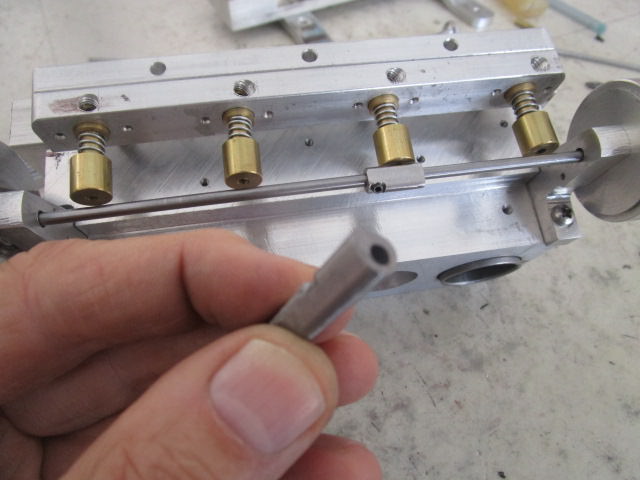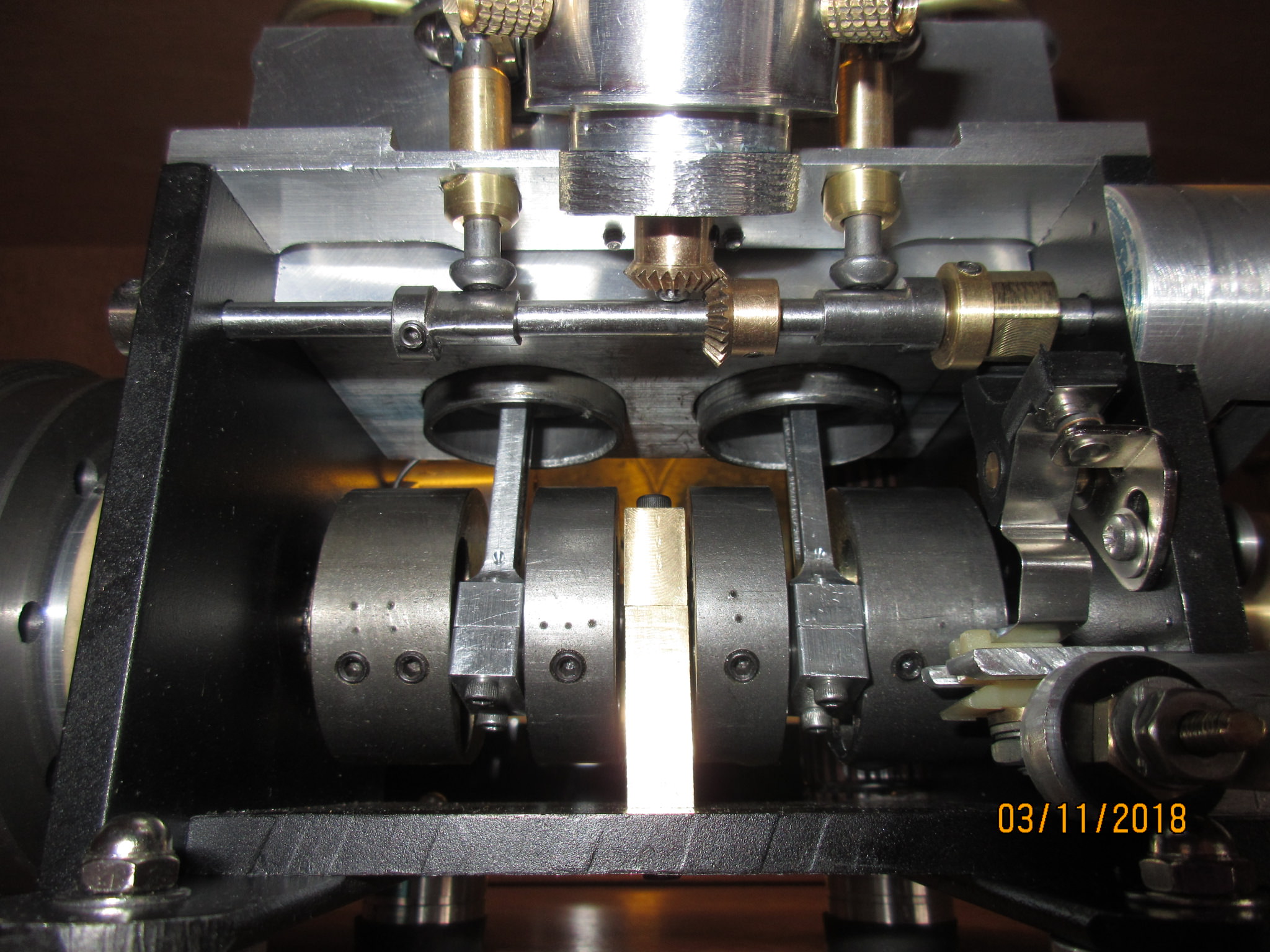I've been working on coming up with a replacement head design for a scale Miata engine and am stuck on camshaft design. I am trying to replicate the Fiat/Abarth Triflux head. However I am struggling to come up with a camshaft that you can adjust timing on because there's no way to get it timed just perfectly without having to make a bunch of cams and swapping them out with different settings each. The triflux engine for those that don't know uses an intake and exhaust port on each side with 4 valves per cylinder.
What I was thinking was something like a main shaft with one set of lobes on it that has a rod running through it. When that rod is tightened it hold the other four lobes in place with friction. Timing would be a pain to set up but maybe with a set of holes in the free floating lobes that could aid in aligning the lobes when tightened up.
Any idea suggestions would be lovely. I know its a wild design idea.
--Will
What I was thinking was something like a main shaft with one set of lobes on it that has a rod running through it. When that rod is tightened it hold the other four lobes in place with friction. Timing would be a pain to set up but maybe with a set of holes in the free floating lobes that could aid in aligning the lobes when tightened up.
Any idea suggestions would be lovely. I know its a wild design idea.
--Will





































































